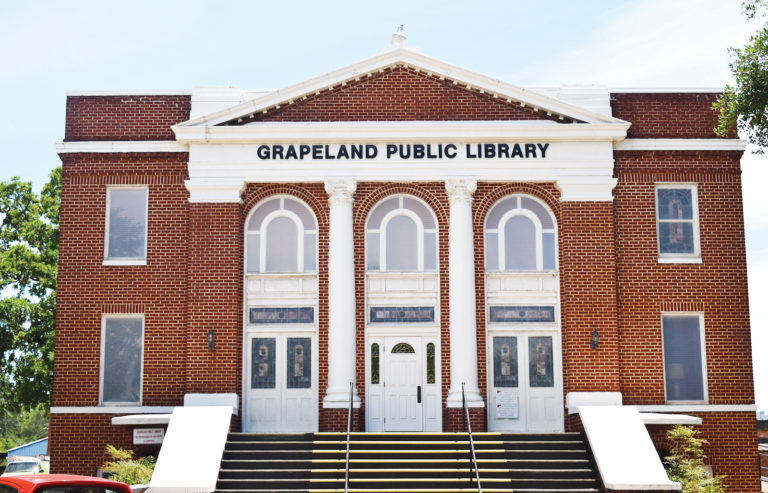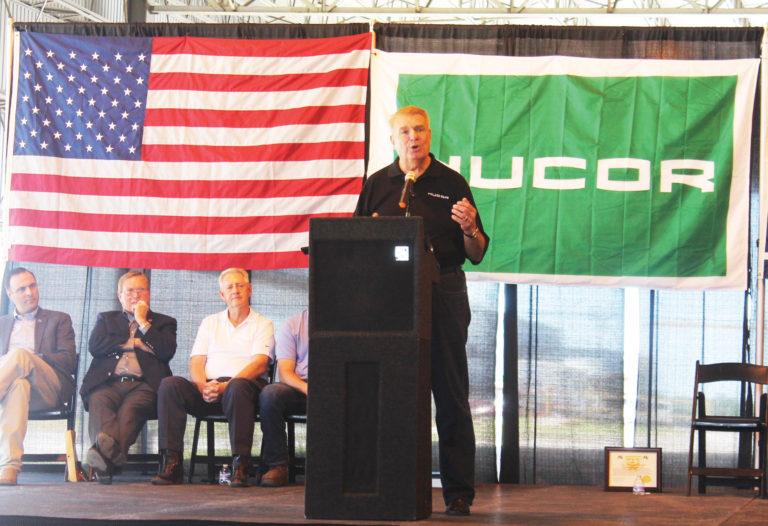Upcoming Bull Selection Seminar in Crockett

Photo of Bull from Park Hill Farms in Crockett
By Teresa Holloway
Messenger Reporter
HOUSTON and ANDERSON COUNTY – Bull selection is a hot topic these days, thanks to the predicted escalation of the world beef market. Selecting the right bull is just as important to small growers here in the local counties as well, according to the Texas Southwestern Cattle Raisers Association (TSCRA).
Bull selection will be under discussion and expert review on Nov. 3 at the Santa Rosa Ranch Headquarters in Crockett. The seminar will take place from 1 until 5 pm and registration is required.
Dr. Jason Cleer and Dr. Jason Banta of Texas A&M AgriLife Extension Service will lead the seminar. Cleer is from the College Station branch and Banta hails from Overton.
The AgriLife Extension and the TSCRA are sponsoring the free event. Cattle breeds, breeding programs, visual selection, individual performance data, expected progeny differences, genetic markers, bull fertility and bull to cow ratios will be discussed.
“A bull is responsible for 50 percent of the herd’s calf crop and a good bull is an investment that can certainly pay big dividends,” Banta said. “Workshop attendees will learn both applied as well as advanced bull selection techniques to assist them when making that next bull purchase for their herd operations.”
“After the workshop, the Texas and Southwestern Cattle Raisers association will hold a gathering. Workshop attendees are encouraged to stay for dinner and receive an update on issues facing ranchers,” the press release said.
Derrell S. Peel of Oklahoma State University Extension is a livestock marketing specialist, and though he is not expected at the Crockett seminar, Peel predicted world beef markets and trade will escalate in 2017.
Beef production is expanding in major beef countries including Brazil, which saw decreased production in 2015 and 2016. Increases are expected in China, India and Argentina, as well, according to Peel’s report.
Australian beef is still suffering from drought induced liquidations in 2014 and 2015 and is projected to have a 19 percent decrease for 2016 and continued smaller production in 2017, according to Peel.
Peel’s report also projected China’s rise in the beef import market, possibly even surpassing the U.S. in the next two or three years. The country already holds the number two import spot for beef in the world market.
Closer to home, Glenn Selk, an animal scientist and Emeritus extension agent from Oklahoma, briefly summarized the importance of knowing USDA cull cow grades before marketing.
Beef cow culling occurs in most herds almost every year, Selk said, and beef audits show about 20 of beef consumed in the U.S. is from culled beef cows.
Regardless of the raisers reasons for culling, whether improving herd productivity or drought liquidation, Selk reported, values placed on cull cows can be more easily understood based on four classes of cows not intended as replacements.
‘Breakers’ are usually quite fleshy and have high dressing percentages, and require a body condition score of 7 or above.
Boning utility cows, or ‘boners’ usually fall in the body condition score of 5 to 7. Many well nourished commercial beef cows would be graded boners.
‘Leans’ and ‘Lights’ are nearly always lower in price per pound, according to the report. Not only is the amound of saleable product small, but thinner cows are more susceptible to bruising during transport or while held before harvesting.
Peel reports when selling cull cows, it is possible to improve the body condition from lean class to boner class in roughly 50 to 70 days with good feed. The improvement results in higher dollars per pound, but, he continued, it rarely pays to feed a boner into a breaker class animal as the feed costs offset potential profit gain due to the generally small price per pound difference.
To register for the Santa Rosa Ranch Bull Selection Seminar, call 800-242-7820 ext. 192 or [email protected].






